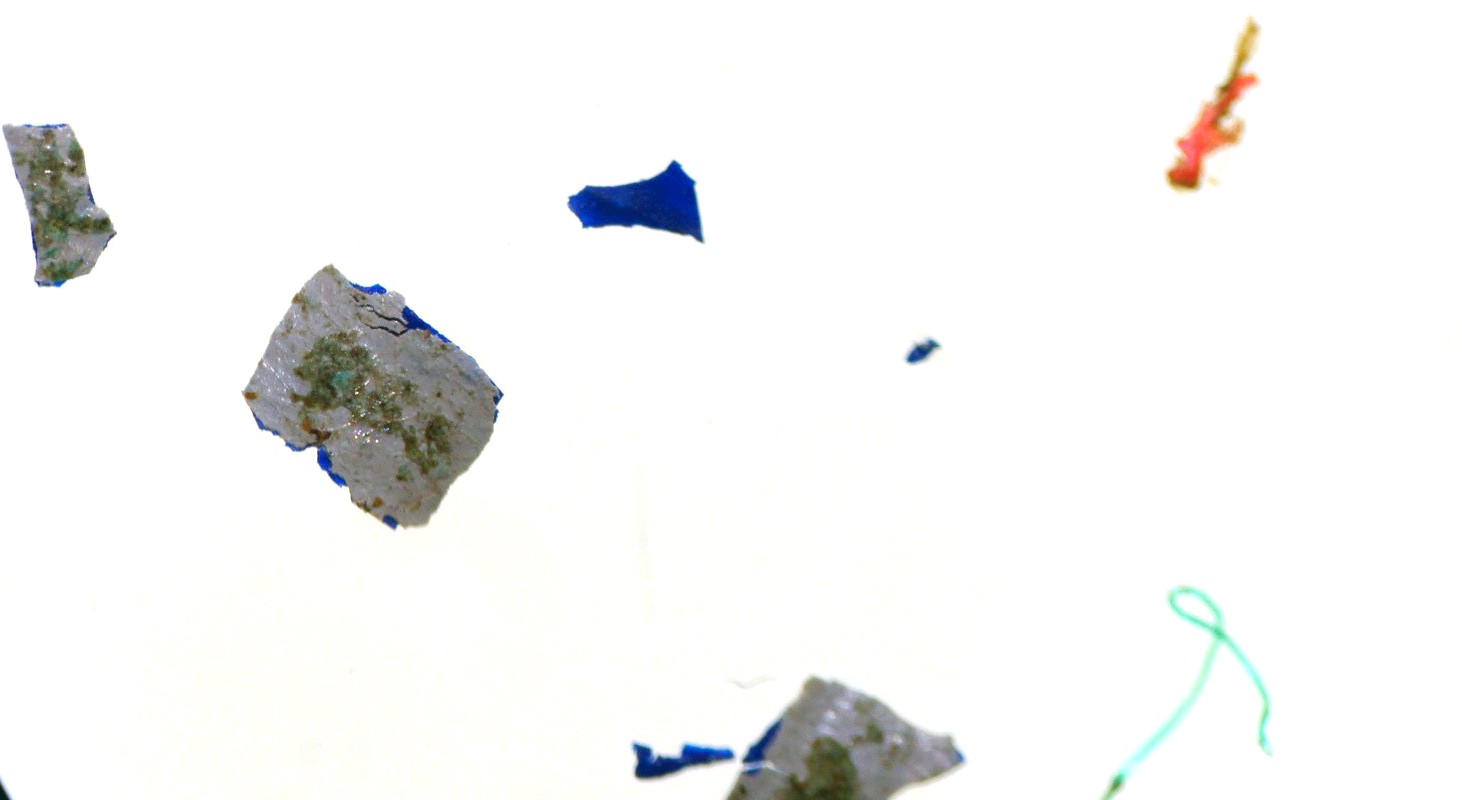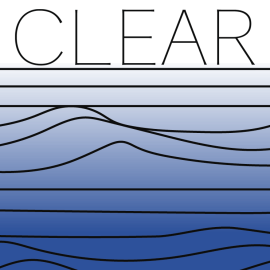BabyLegs is an aquatic trawl (net system) for monitoring microplastic pollution in surface water. This tool is comprised of an open mouth attached to a set of children’s tights that act as a net– hence the name BabyLegs! To collect a sample, you dip your BabyLegs into a waterway then drag the device along the water’s surface or let flowing water do the work for you. The fine-knit mesh of the tights traps anything that is floating: microscopic bits of biological materials, plastics, and other debris floating in the water. These samples can be processed, identified, counted, and analyzed in order to examine what’s in your waterway.
BabyLegs is the $20 version of the scientific standard instrument in the field, the Manta Trawl. BabyLegs can tell you what kind of plastics are in an area, help you understand where sources of plastics might be, and generally introduce you to the state of your waterway at a particular moment in time. But unless you have a way to measure the amount of water that passes through the mouth (such as with a flowmeter, which is quite expensive), you cannot use BabyLegs to tell you the concentration of plastics in the water. This is true of all surface water trawls no matter how expensive or DIY they are!
Follow each of the links below to engage in a different aspect of using BabyLegs to identify the types of plastics in your water!
Build your BabyLegs!
Instructions for how to build your own surface water trawl for about $20 using common materials.

How to use BabyLegs
Now that you have your trawl, how do you deploy it in the water?

How to process trawl samples
How do you get the sample out of the tights and ready for analysis?

Microplastic forensics
How do you tell plastics from look-alikes? What does your sample tell you about plastics in the area?

Designing a microplastics study
What sorts of research questions can you answer using BabyLegs?

